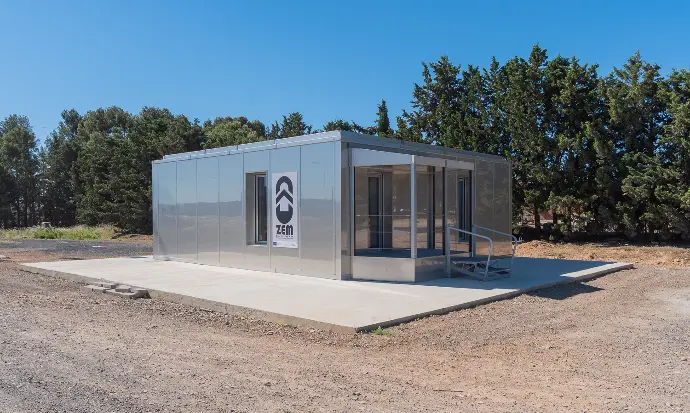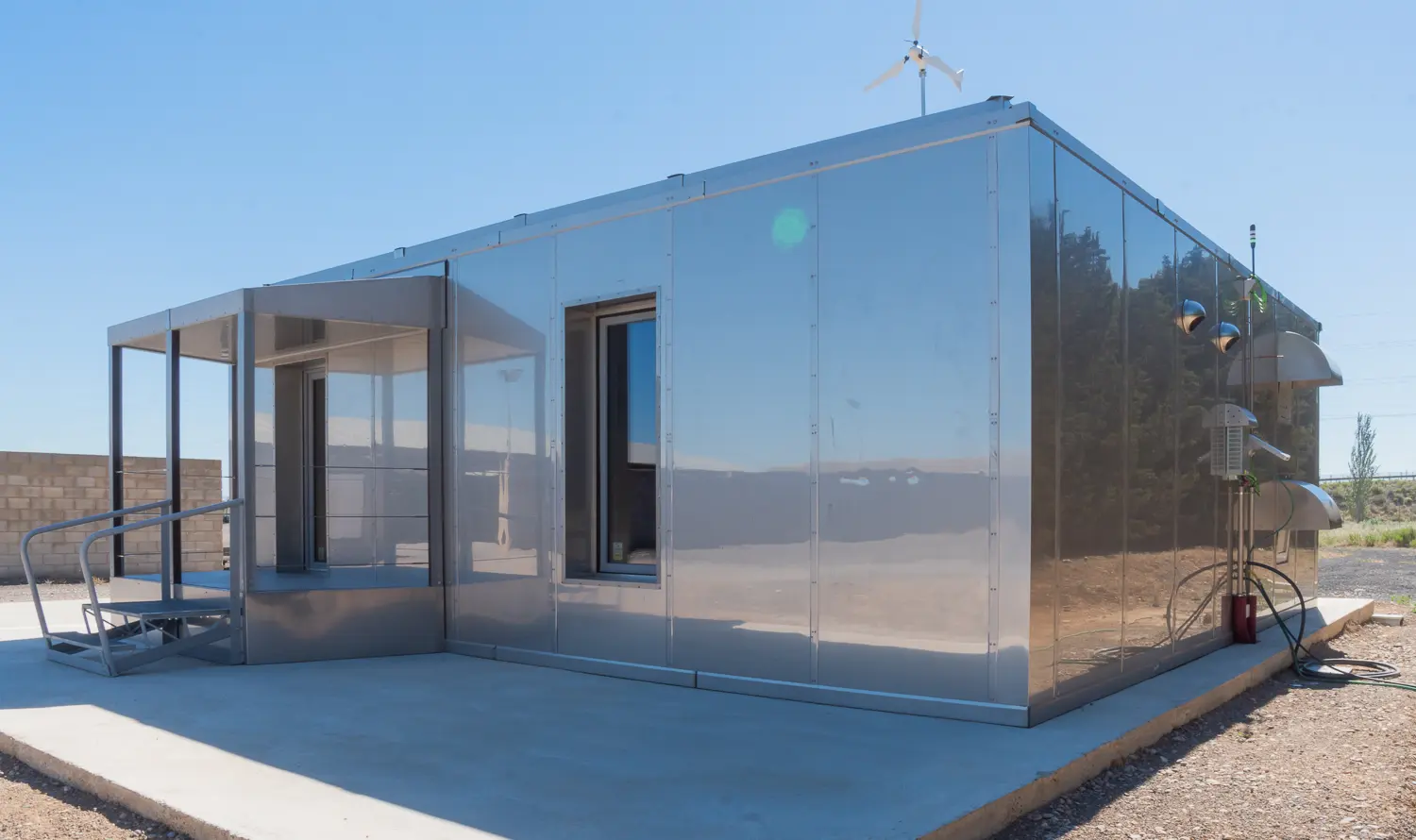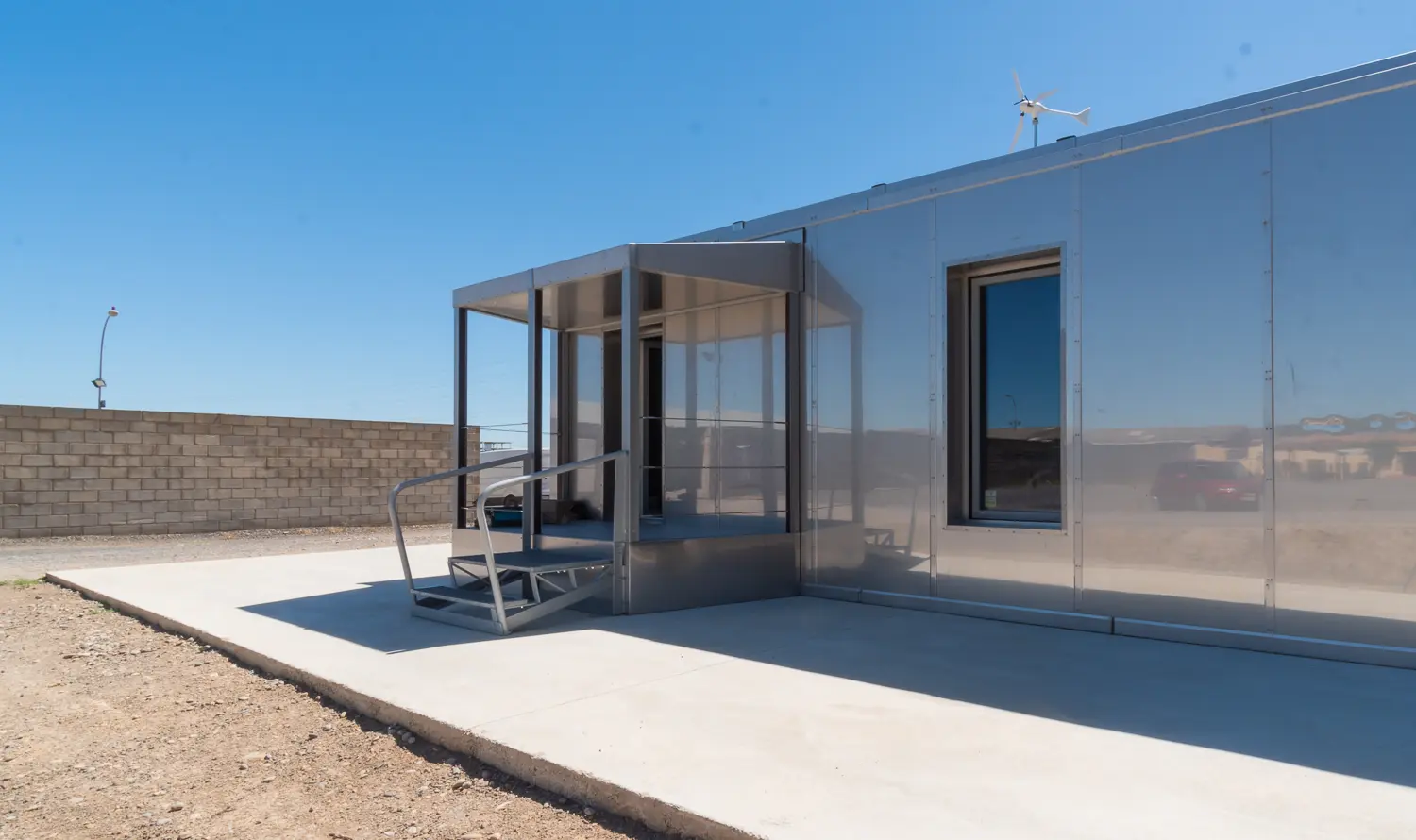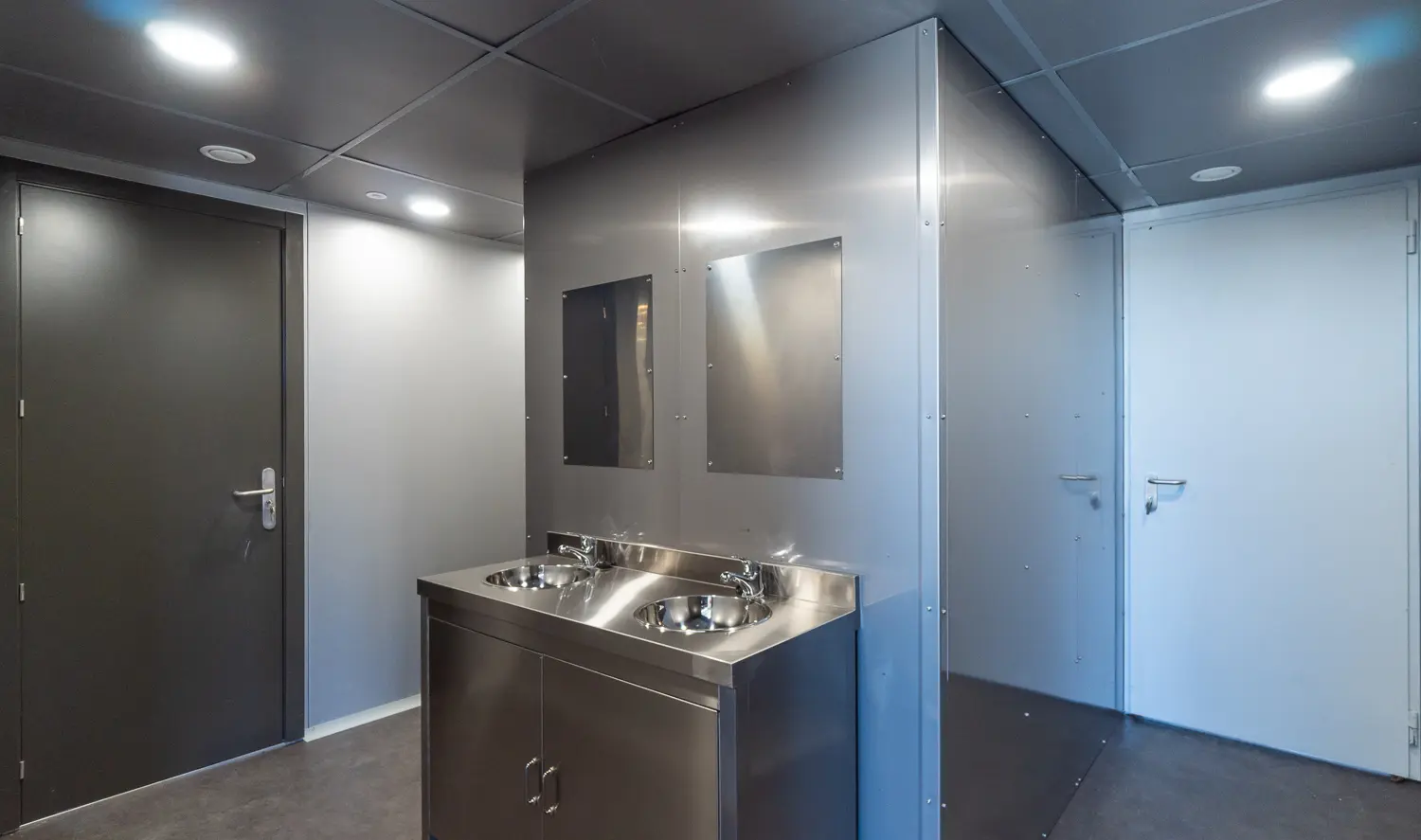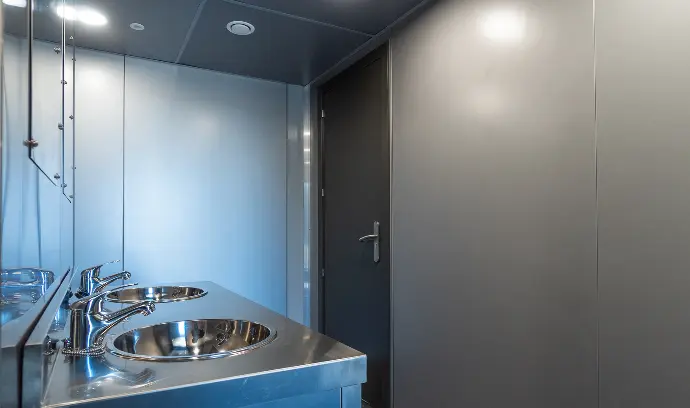



ZERO ENERGY MOD (ZEM)
With the ZEM, ZEROENERGYMOD, ARPA is developing and manufacturing, as part of a project of the EU LIFE programme, the world's first transportable housing module under the Passivhaus standard, which is self-sufficient and zero-emission with green hydrogen support. This innovative module is certified to operate in all four climate zones, including Antarctica, demonstrating its versatility and adaptability to extreme conditions.
The module is powered by a hybrid renewable energy system that combines photovoltaic and wind energy. From the surplus energy of this system, green hydrogen is generated, which is stored as energy in the form of hydrogen. This allows the re-electrification of the module when necessary, especially in the absence of sunlight and wind, using a PEM-type hydrogen fuel cell. Thanks to this technology, the ZEM can operate in the most adverse conditions, providing continuous service for up to 48 days without depending on natural resources.
This housing module is scalable and designed to be integrated into different types of multipurpose bases. On this occasion, it is intended for use in the scientific field in extreme environments, providing a vital solution for researchers operating in challenging conditions. Its unique, zero-emission construction combines extremely low energy consumption with the use of renewable energy and the full hydrogen cycle, making it a sustainable model for the future.
Currently, the ZEM is in operation at the San Gregorio military base, located in Zaragoza, Spain. However, there are plans to move it to the Gabriel de Castilla base in Antarctica during the 2026-2027 campaign. This move will not only extend the scope of its use, but will also represent a significant step forward in scientific research in one of the most challenging environments on the planet, contributing to global efforts to develop sustainable housing solutions in remote and difficult-to-access regions.
ARPA's ZEM project not only symbolises technological progress, but also marks a milestone in the transition towards a more sustainable and environmentally friendly future, providing a clear example of how innovation can address the challenges of climate change and sustainability in the construction and design of housing modules.

- For 8 people, 60 m² and all the services.
- Accommodation module for surveillance, critical medical care, investigation and civil defence.
- Double thermal skin made from high-density rock wool and isocyanate-free XPS.
- Low consumption air conditioning with heat pump.
- Enthalpy air exchanger with temperature, humidity and CO2 control: Maximum comfort.
- Membrane-type hydrogen electrolyser with flow rates of up to 500 m³/h.
- PEM type battery of up to 2.5 kW.
- Ultra-compact H2 compressor up to 350 bar.
- Hydrogen storage capacity of 18 kg H2 at 350.
- Installed photovoltaic power: 5.4 kWp.
- Installed wind power: 3.2 kWp.




